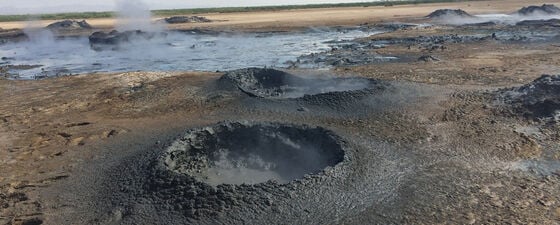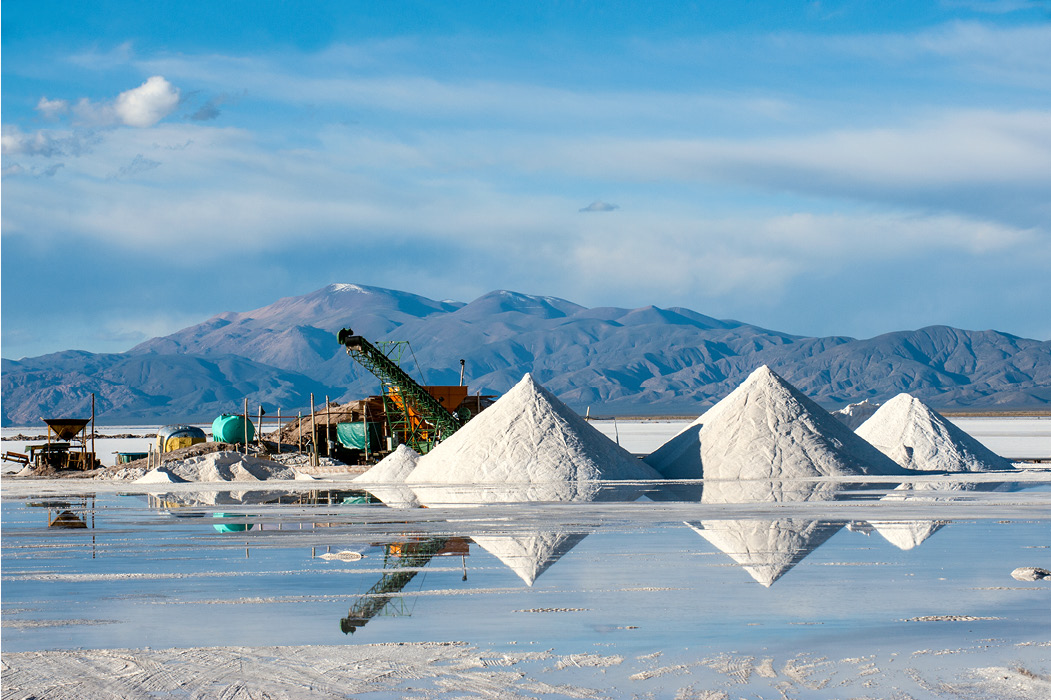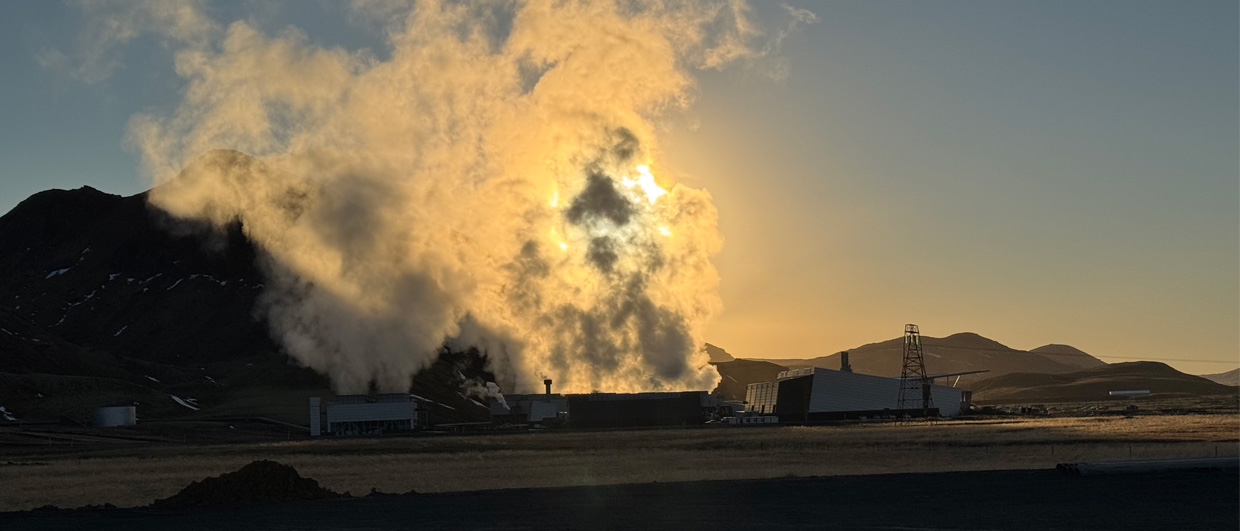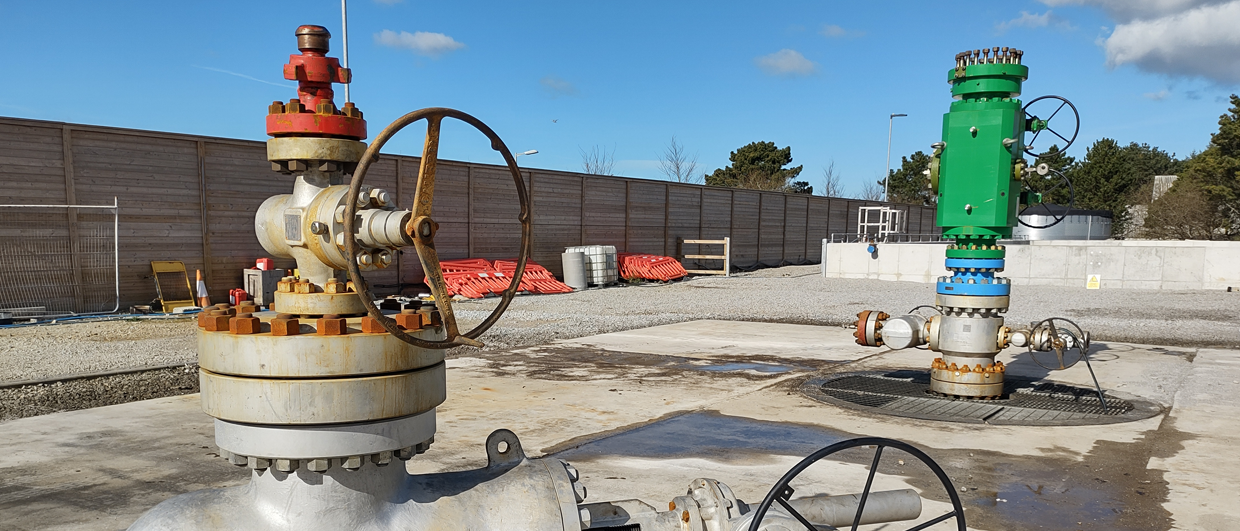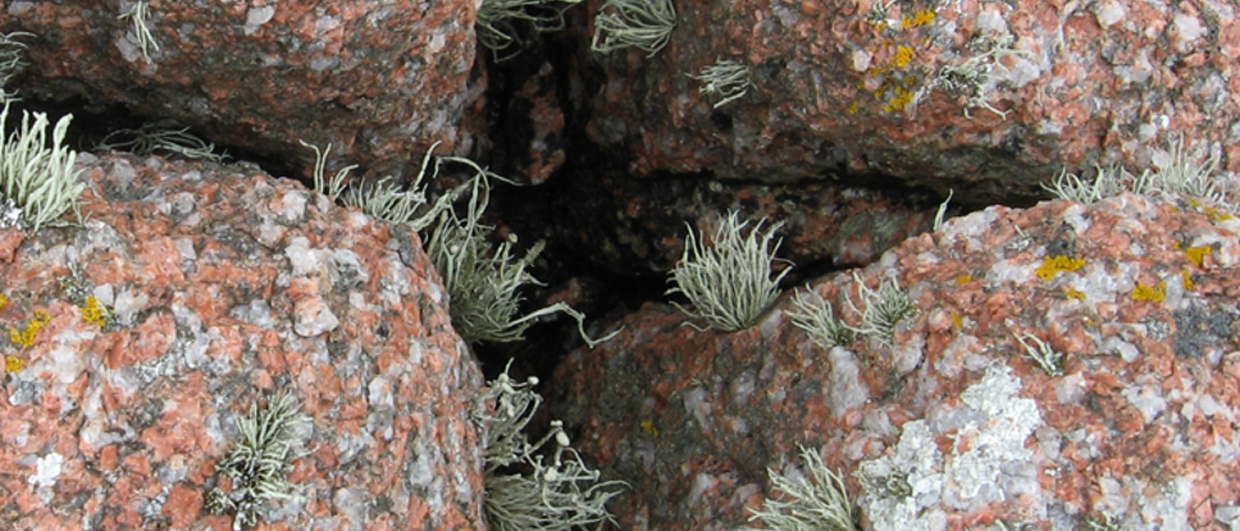When evaluating how much ‘greener’ Electric Vehicles (EVs) are compared to the latest petrol-powered vehicles, we must look at the whole picture, which should include a ‘cradle to grave’ approach. There are significant problems with some of the materials that make up today’s electric vehicle batteries. As production ramps up, these urgently need to be examined and fixed. For example, cobalt production is linked to child labour in parts of Africa and indigenous communities are resisting lithium mining on their land in places like South America.
Just how green are EVs?
Critically, EVs run on electricity that must be generated somehow and although renewables will provide a portion of this energy, in some parts of the world oil, gas, coal and nuclear will also provide a significant contribution (for example gas produces ~35% of the UK’s electricity). However, when comparing the total amount of CO2 created by cars over their life cycle, including manufacturing, driving, recycling and disposal, EVs still come out on top, though estimates differ considerably. According to a report by Zemo Partnership, petrol cars produce around 24 tonnes of CO2 during their lifetime, whereas an electric vehicle emits between 25–50% less.
While it is difficult to burn oil ethically and sustainably, it is possible to produce electric vehicles in ways that minimise impact. But doing this will take time – which is why companies and governments have an important role to play. Car companies and their suppliers are the key to this, and there are ways in which they can help.
Firstly, they can demand transparency from their suppliers – it needs to be possible to accurately identify which company and mine provided which material, so carmakers can choose better suppliers, and avoid bad ones.
Secondly, car companies must only work with producers that follow the highest standards for treatment of workers and the environment. Car companies are already huge buyers of materials like lithium, cobalt and nickel, and that allows them significant influence over the industry that supplies them.
Lastly, these companies need to be willing to refuse to buy their raw materials from polluting and unsustainable mining and that means some of these materials will simply have to stay in the ground. This becomes problematic, as the planet currently doesn’t have sufficient mineable battery mineral resources to electrify the global transport system.
Supply crunch looming?
International Market analysis firm, CRU, forecasts that the 2021 lithium demand of about 450,000 tonnes will exceed supply by ~10,000 tonnes. Lithium demand is expected to more than triple between 2020 and 2025, rising to a million tonnes by 2025 and outpacing supply by 200,000 tonnes. To put this in perspective, in 2017–2018 a small supply/demand imbalance of around 10,000 tonnes occurred causing spot prices to soar by over US$20,000/tonne. This 2017–2018 event could signal further price shocks if expected shortfalls reach predicted levels. Demand for battery-grade nickel, another important component in EV cells, is estimated by Rystad will outstrip supply by 2024. This supply problem could force battery mineral suppliers to either consider previously unattractive sources of nickel in countries such as Indonesia, where there are environmental concerns or to assess alternative battery chemistries.
So, if we consider these forecasts, it appears there is a clear need for a coordinated and concerted effort to address local supply of not only lithium, but also other key elements needed in EV battery production. Otherwise, it appears likely that battery and EV manufacturing in North America and Europe will be reliant on precursor materials that will continue to be imported from other regions.
Reliance on Asia and South America in the middle of the supply chain has inherent risks and is unlikely to meet national environmental and sustainability targets and ultimately promotes increased imports of finished EVs from cost effective and resilient supply chains already built in China.
Novel lithium extraction
There may be a way to obtain lithium which may be more sustainable longer term. US General Motors (GM) future electric cars may rely on batteries made from lithium derived from a hydrothermal fluid that rises from rocks beneath the California desert.
GM struck a deal with a little-known company called Controlled Thermal Resources (CTR) which was formed in 2013, to supply lithium from a desolate lake known as the Salton Sea. This is a shallow, highly saline water body in Riverside and Imperial counties at the southern end of California. It lies on the San Andreas Fault within the Salton Trough that stretches to the Gulf of California in Mexico.
The geothermal activity below the Salton Sea releases lithium so that it can be extracted. Due to increased demand for lithium for use in EV battery production, the Salton Sea area is gaining attention. CTR’s Hell’s Kitchen Lithium and Power development in the Salton Sea Geothermal Field is primarily electricity-generation-focused and lithium at the Salton Sea is a by-product of this. A well taps hot water underground, creating geothermal energy, and the geothermal ‘brine’ is then concentrated in lithium and other elements.
While the Salton Sea’s lithium resource has been known for decades, it has been extremely hard to capture. It is well established that this brine, heated to over 200 degrees centigrade, can create electricity by being used to generate steam that spins a turbine and creates electric current.
The problem with extracting the lithium is that it is mixed with several other ingredients, especially silica. The lithium, present at only 250 ppm, needs to be removed along with other minerals as the water issues from the ground at thousands of gallons per minute. The heat and velocity along with the difficulty of separating the particles are each a challenge.
Many techniques and process strategies have been proposed for direct lithium extraction (DLE) from the geothermal brines, and these can generally be categorised into adsorption, ion exchange and solvent extraction techniques. Of these technologies, the ones currently advancing to pilot- and near-commercial-scale demonstrations involve adsorption and ion exchange techniques. The end products which are used in batteries are lithium carbonate (Li2CO3) and lithium hydroxide monohydrate (LiOH·H2O).
CTR claims that its proprietary process will produce 20,000 tonnes of lithium hydroxide by the first quarter of 2024, which if achievable would be almost 4.5% of the world’s current lithium supply. Once at full capacity, CTR claims the plant could produce 300,000 tonnes of lithium which is more than Australia currently produces.
Interestingly, CTR also claim their process has the highest sustainability attributes available. Their facility utilises 100% renewable energy and steam, significantly reducing the time to produce battery-grade lithium products while eliminating all overseas processing. The operations have a minimal physical footprint and a near-zero carbon footprint. The geothermal brine, after lithium extraction, is reinjected into the geothermal reservoir.
As part of the DLE process, CTR will deploy an ion exchange process developed by Lilac Solutions: a leading DLE technology group that received US$20 million in funding led by the Bill Gates company, Breakthrough Energy Ventures, and MIT’s The Engine. A further $US 150 million funding was confirmed in September 2021.
Beyond the United States
Most of the world’s lithium is produced in South America or Australia and shipped to China for processing into battery-grade lithium chemicals. The techniques typically used are evaporative brine processing and hardrock (spodumene) mining. Both have environmental impacts.
Today, over half of the world’s known lithium sources are produced from brine water evaporation, and most of this brine water is found in the salars (salt flats) of Bolivia, Argentina, and Chile. The environmental problems with solar evaporation begin with ground water consumption in areas where water is already scarce. So much water must be pumped from the ground to create the evaporation ponds that it endangers the water supply for nearby inhabitants. The brine levels of the salars are dropping from the production processes, and the waste salts from used brine are left stacked in piles in the desert.
Spodumene mining and refining operations consume large quantities of chemicals and utilise tailings ponds and waste chemical lagoons to deal with their solid and liquid wastes.
This practice carries many of the same issues as other operations in the mining industry, including contamination of ground water, rivers and soil. There is currently no commercial lithium production in Europe but there is active engagement from government, industry and academia focused on lithium extraction from geothermal brines in the Upper Rhine Valley of south-west Germany, Alsace, France and in the south-west of England.
Environmental considerations for geothermal extraction
Additional considerations beyond the specific cost and performance of lithium extraction processes relate to impacts of the tail fluid on the geothermal reservoir. Injectate after lithium removal is likely to be cooler than the normal power plant rejection temperature. Also, re-saturation of the brine with lithium could be affected by injectate access to lithium-bearing rocks in the reservoir and by injectate residence time. Reservoir modelling combined with details of lithium distribution in the reservoir could clarify the importance of these potential impacts of lithium extraction from the geothermal brine.
In other words, the possible longer term environmental impacts of direct lithium extraction are not fully understood, and further research is required. However, it remains a possible solution to cleaner, more sustainable EV battery production and may alleviate reliance on a very limited number of nation state suppliers.

